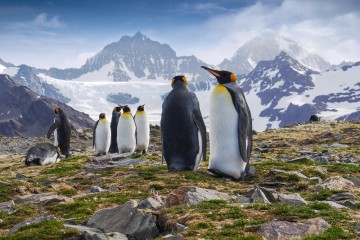Extending through 7 South American nations – Venezuela, Colombia, Ecuador, Peru, Bolivia, Chile and Argentina, the Andes is the longest continental mountain range in the world.
The terrain is of immense scale and variation – the Andes are the highest mountain range outside of Asia. If you traveled from one end to the other you would cross desert, grassland, volcanoes, lakes, forests and glaciers. Your path would take you past archaeological sites, through vibrant markets and you could experience many indigenous cultures and see a variety of wildlife, big and small.
The Andes are paradise for trekking enthusiasts. They are of course, home to one of the ultimate and world renowned treks – the Inca Trail to Machu Picchu in Peru. This amazing multi-day hike follows the footsteps of the Incas that built it over 500 years ago. The landscape is breathtaking, covering dense jungle and going high into the mountains, passing ancient ruins and through traditional villages, until finally you get your first glimpse of Machu Picchu as you pass through the Sun Gate. Trekkers can go even further and climb Huayna Picchu or Machu Picchu Mountain to take in magnificent views back to Machu Picchu and surrounds. The less traveled Salkantay and Lares treks to Machu Picchu are equally as spectacular and give travelers an insight into the traditional way of life of the indigenous people.
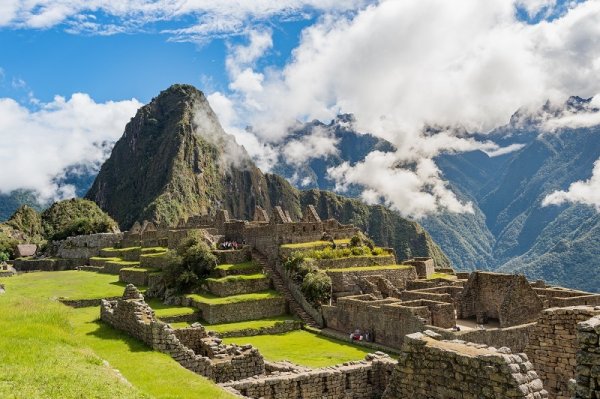
Machu Picchu in the Andes Mountains
To the north in Ecuador, standing at 5897 metres is Cotopaxi, one of the highest active volcanoes in the world and perhaps the most famous in South America. The Andes are home to many volcanoes, like Cotopaxi, that can be ascended by keen hikers. Back in Peru is El Misti. It’s symmetrical and snow capped cone rises to a height of 5800 metres, with the beautiful city of Arequipa nestled at its feet.
Then in Chile is Volcano Villarrica, a magnificent active volcano that rewards trekkers with stunning views at the top and a chance to slide back down on ‘bum boards’. Heading south from Villarrica lies the Lakes District - an amazingly beautiful area that straddles the Chilean Argentinean border. The Andes serve as the backdrop to this stunning region of pristine lakes and snow capped volcanoes peaking above dense green forest. Nestled in the Andean foothills on the Argentinean side is Nahuel Huapi National Park where the Cerro Catedral peaks and Cerro Tronador offer great hiking experiences. Cerro Caterdral is also a popular (and one of South America’s largest) ski resort. The closest city is gorgeous San Carlos de Bariloche – a quaint town modelled on a European alpine town and resting on the shores of Lake Nahuel Huapi. A boat ride across the lake to Puerto Varas in Chile rewards travelers with magnificent view of this Andean paradise.
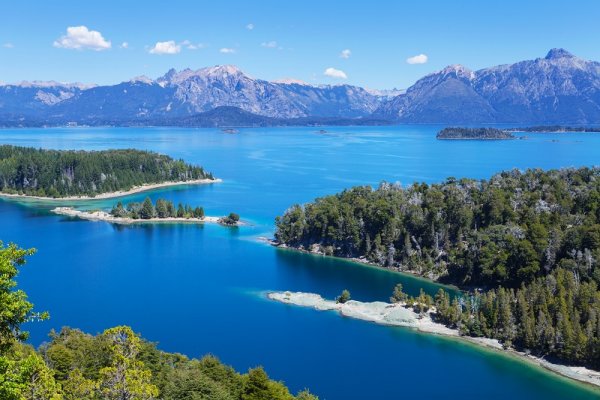
Lake Nahuel Huapi in the Andean
From here the Andes extends to its southern limit into Patagonia – surely a seventh heaven for trekking enthusiasts. Magnificent scenery typifies the landscape and wildlife is in abundance here – Andean condors, flamingo, rhea, Andean deer, guanaco and even puma. Torres del Paine National Park is world renowned and the popular W Trek attracts hikers from around the world. As does the Paine Circuit which journeys around the infamous Torres del Paine Massif.
Nestled high in the Bolivian Andes is the salt desert, Salar de Uyuni. Created from a prehistoric salt lake that dried up, it is an immense (12,000 square kilometre), and incredibly flat salt plain. Historically it was used for mining salt and lithium and now is a major transport route across the Altiplano, as well as attracting thousands of tourists each year to photograph the desert’s vast flatness under continually clear skies. When rain, or flooding from nearby lakes does occur, photos are made even more magnificent through reflections of the sky. The Cementerio de Trenes (Train Cemetery) in the town of Uyuni is a popular attraction, where the remnants of old trains lie after they were abandoned following the downturn in the mining industry.
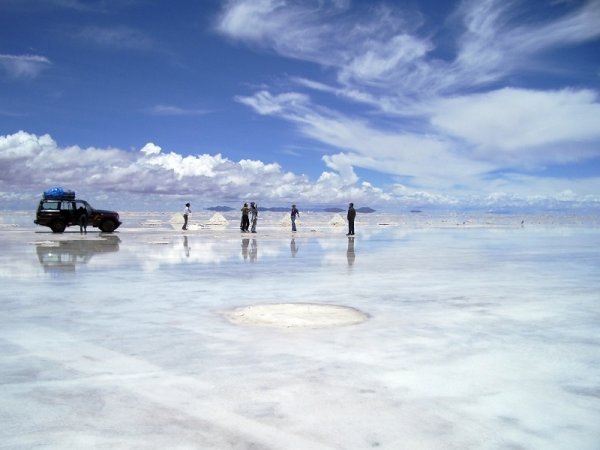
Salt Flats, Bolivia
High up in the Andes thousands of people make their homes in the beautiful cities of Cusco, Quito, La Paz and Arequipa.
The Ecuadorian capital of Quito sits at 2,850 metres high in the Andes and is dramatically fringed by mountain peaks. The ‘Old Town’ is designated a UNESCO World Heritage Site because this historic centre is the best preserved in South America. Historic monuments and architectural jewels punctuate the handsomely preserved 16th century facade.
Gateway to the Inca Trail and Machu Picchu, and located at 3,400 metres above sea level is Cusco. Steeped in history and once the capital of the Inca Empire, this UNESCO World Heritage Centre features wonderfully preserved colonial architecture, surrounded by or atop Inca walls and lined by cobbled streets. The city is also surrounded by important ruins and has a substantial indigenous population.
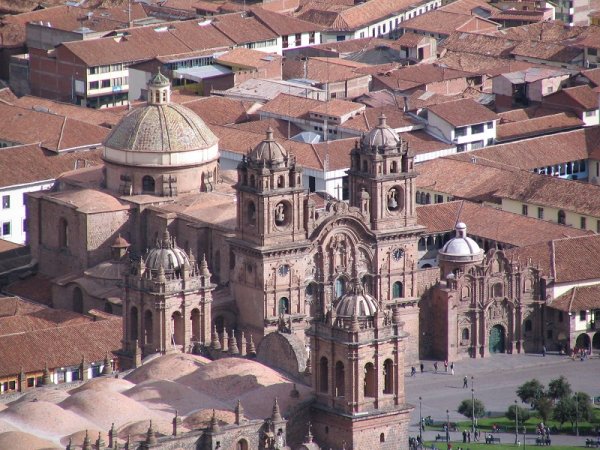
Cusco
Another UNESCO World Heritage site in Peru is the city of Arequipa. Lying at the base of the beautiful El Misti volcano, the city’s buildings are constructed of the white volcanic stone that is so prolific in the area. Lending the city its nickname – “Ciudad Blanca” or “White City”.
Clinging to steep hillsides is the breathtaking (literally) La Paz, the administrative capital of Bolivia. At 3,500 metres above sea level on the Andes Altiplano La Paz’s dizzying heights take some getting used to. On a clear day 6,348 metre snow capped Mt Illimani can be seen in the distance.
These cities bustle with life, culture and history always with the magnificent Andes as their backdrop.
The Andes are a gift for travelers. The provide some of the best in trekking, stunning scenery and landscapes, historic cities and magnificent heritage sites. From the grandeur of the Inca Empire to the vast beauty of the Bolivian salt plains, over snow capped peaks and down to the rugged wilderness of Patagonia, the Andes will elevate your South American travel experience.
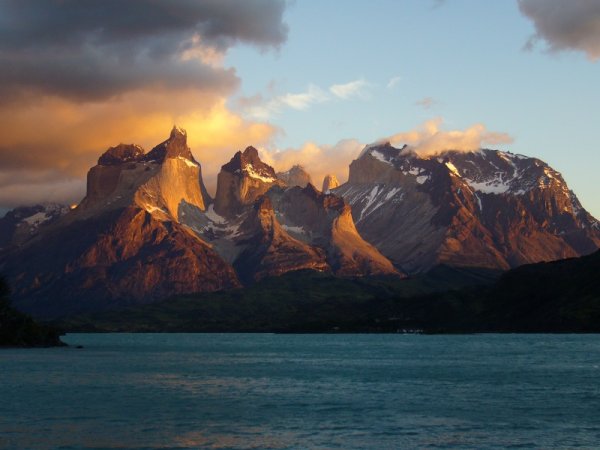
Torres del Paine National Park
Discover our South America trips
Learn more about South America on our blog





